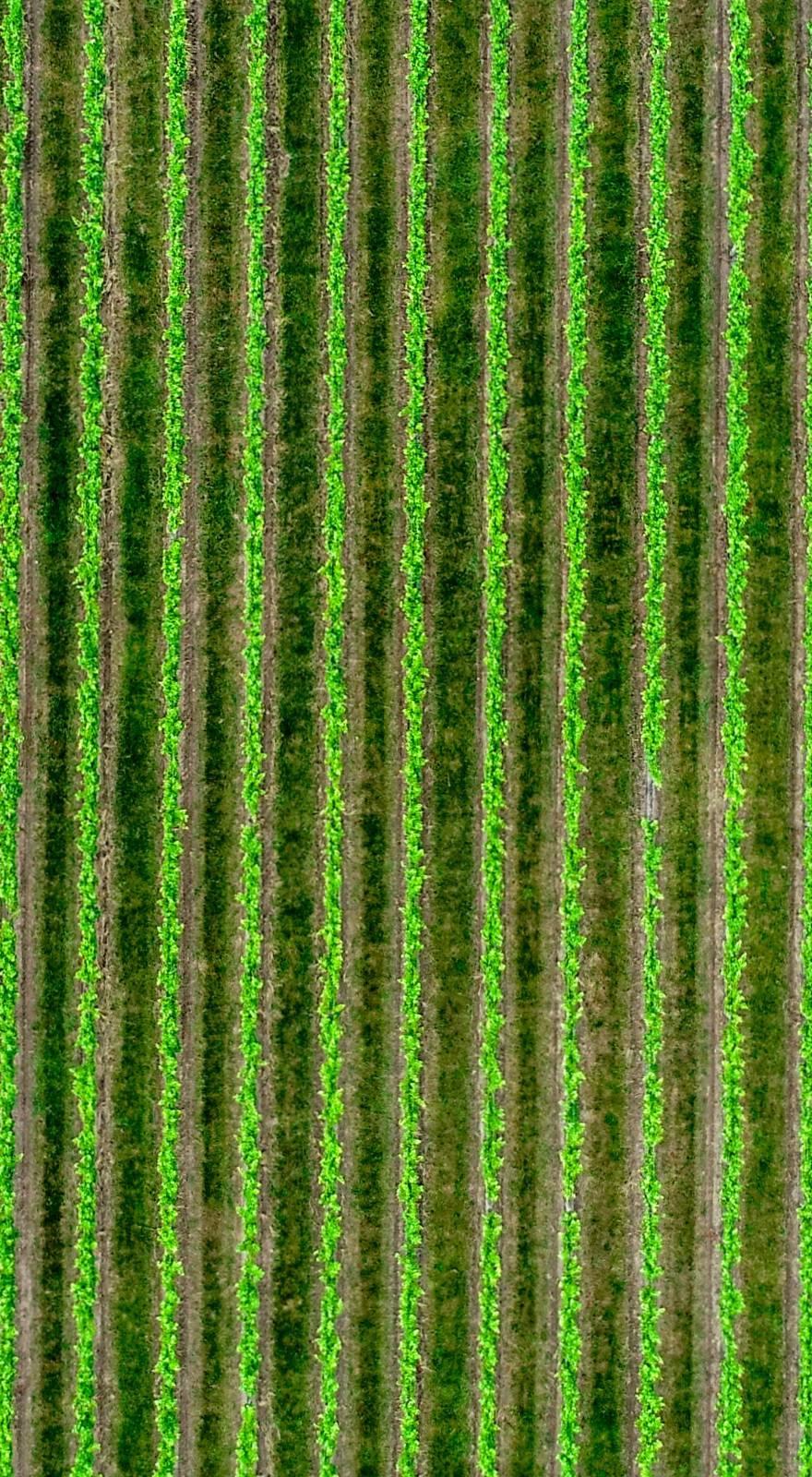Knowde Enhanced TDS
Identification & Functionality
- Chemical Family
- Agrochemical Functions
- Technologies
- Product Families
- Composition
- Active Ingredient: ( Ethephon (2-chloroethyl) phosphonic acid* ) : 21.7%
- Other Ingredients: 78.3%
- Total : 100%
Applications & Uses
- Markets
- Applications
- Applicable Crop
- Application Technique
- Directions For Use
- It is a violation of Federal Law to use this product in a manner inconsistent with its labeling.
- Do not apply this product in a way that will contact workers or other persons, either directly or through drift. Only protected handlers may be in the area during application. For any requirements specific to your State or Tribe, consult the agency responsible for pesticide regulations. Read the entire label before using this product.
- Do not apply M OTIVATE through any type of irrigation system.
- Do not use this product for purposes other than those listed on the label.
- Do not exceed the rate of M OTIVATE per acre per year recommended on this label.
Safety & Health
- Precautionary Statements
HAZARDS TO HUMANS AND DOMESTIC ANIMALS : Corrosive: Causes irreversible eye damage. Wear safety goggles when handling. Harmful if swallowed or absorbed through skin. Do not get in eyes or on clothing. Avoid contact with skin. Do not inhale vapors, as this product will irritate mucous membranes
- Personal Protective Equipment (PPE)
Applicators and other handlers must wear:
- Coveralls over short-sleeved shirt and short pants OR long-sleeved shirt and long pants.
- Chemical-resistant gloves made of any waterproof material such as nitrile, butyl, neoprene and/or barrier laminate.
- Chemical-resistant footwear plus socks.
- Protective eyewear such as, goggles, face shield, or safety glasses.
- Chemical-resistant headgear for overhead exposure.
- Chemical-resistant apron when mixing, loading or cleaning equipment.
Discard clothing and other absorbent materials that have been drenched or heavily contaminated with this product’s concentrate. Do not reuse them. Follow manufacturer’s instructions for cleaning and maintaining PPE. If no such instructions for washables exist, use detergent and hot water. Keep and wash PPE separately from other laundry.When handlers use closed systems, enclosed cabs, or aircraft in a manner that meets the requirements listed in the WorkerProtection Standard (WPS) for agricultural pesticides [40 CFR 170.240(d)(4-6)], the handler PPE requirements may bereduced or modified as specified in the WPS.
- User Safety Recommendations
Users should:
- Wash hands before eating, drinking, chewing gum, using tobacco or using the toilet.
- Remove clothing immediately if pesticide gets inside. Then wash thoroughly and put on clean clothing. Wash contaminated clothing before reuse.
- Remove PPE immediately after handling this product. Wash the outside of gloves before removing. As soon as possible, wash thoroughly and change into clean clothing.
- Environmental Hazards
- Do not contaminate water used for irrigation or domestic purposes. Do not apply directly to water, or to areas where surface water is present or to intertidal areas below the mean high water mark. Do not contaminate water when disposing of equipment washwaters. Avoid spray drift to nearby crops as this product will cause modifications in plant growth. Plant injury or reduced yields may result. Do not plant another crop within 30 days after treatment
Packaging & Availability
- Country Availability
- Regional Availability
Storage & Handling
- Storage and Disposal
- Do not contaminate water, food or feed by storage or disposal.
- PESTICIDE STORAGE: Store in a cool, dry place and away from food, feed and other pesticides. IF SPILLED: If container is broken or contents have spilled, follow all precautions indicated above and clean up immediately. Before cleaning up, put on full-length trousers, long-sleeved shirt, protective gloves and goggles or face shield. Soak up spill with absorbent media such as sand, earth or other suitable material and dispose of waste at an approved waste disposal facility
- PESTICIDE DISPOSAL: Pesticide wastes are acutely hazardous. Improper disposal of excess pesticide, spray mixture, or rinsate is a violation of Federal law. If these wastes cannot be disposed of by use according to label instructions, contact your State Pesticide or Environmental Control Agency or the Hazardous Waste representative at the nearest EPA Regional Office for guidance.
- CONTAINER HANDLING: Nonrefillable container. Do not reuse this container to hold materials other than pesticides or dilute pesticides (rinsate). After emptying and cleaning, it may be allowable to temporarily hold rinsate or other pesticide-related materials in the container. Contact your state regulatory agency to determine allowable practices in your state. Triple rinse as follows: Empty the remaining contents into application equipment or a mix tank and drain for 10 seconds after the flow begins to drip. Fill the container ¼ full with water and recap. Shake for 10 seconds. Pour rinsate into application equipment or a mix tank or store rinsate for later use or disposal. Drain for 10 seconds after the flow begins to drip. Repeat this procedure two more times. Then offer for recycling or reconditioning, or puncture and dispose of in a sanitary landfill, by incineration, or if allowed by state and local authorities, by burning. If burned, stay out of smoke.

